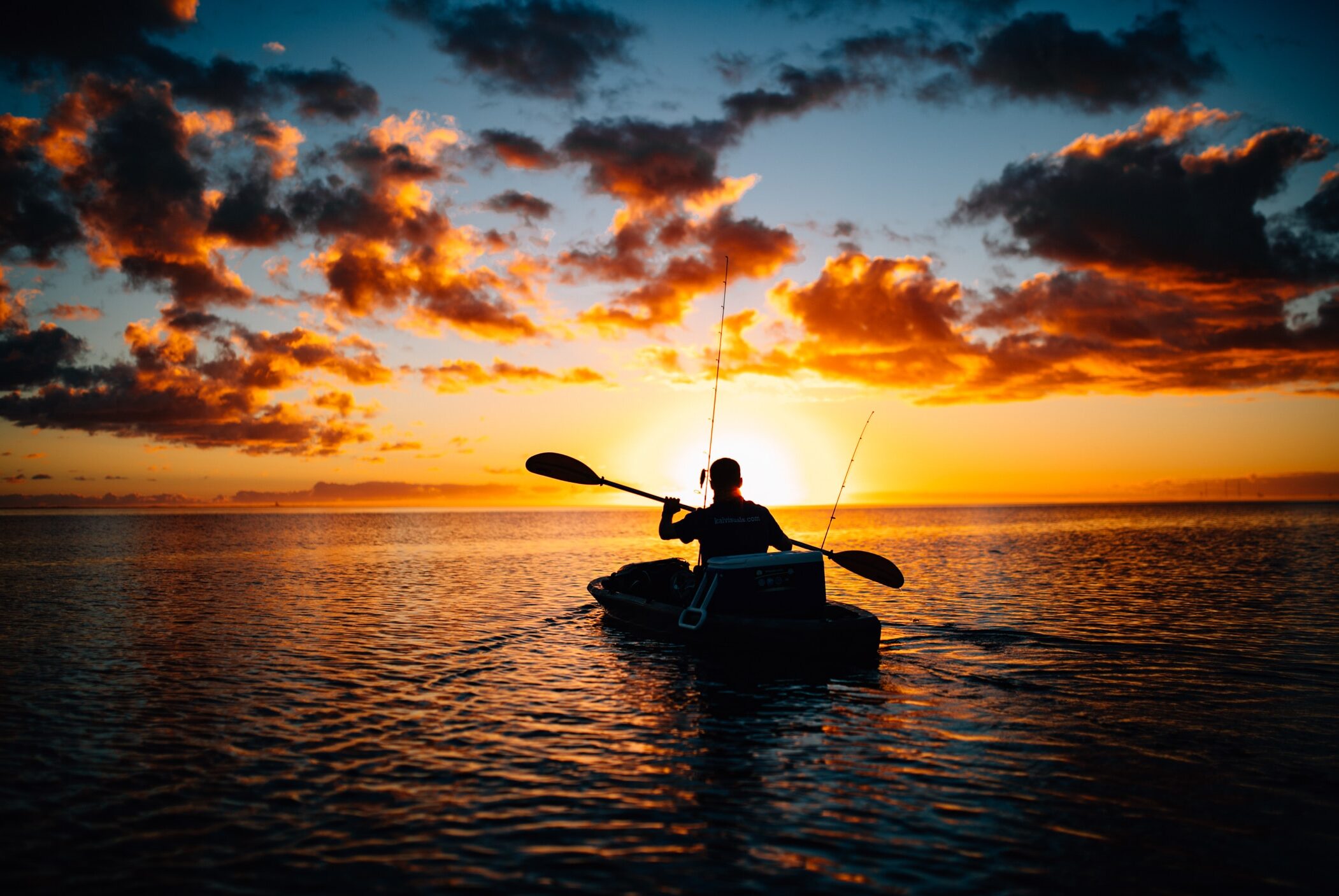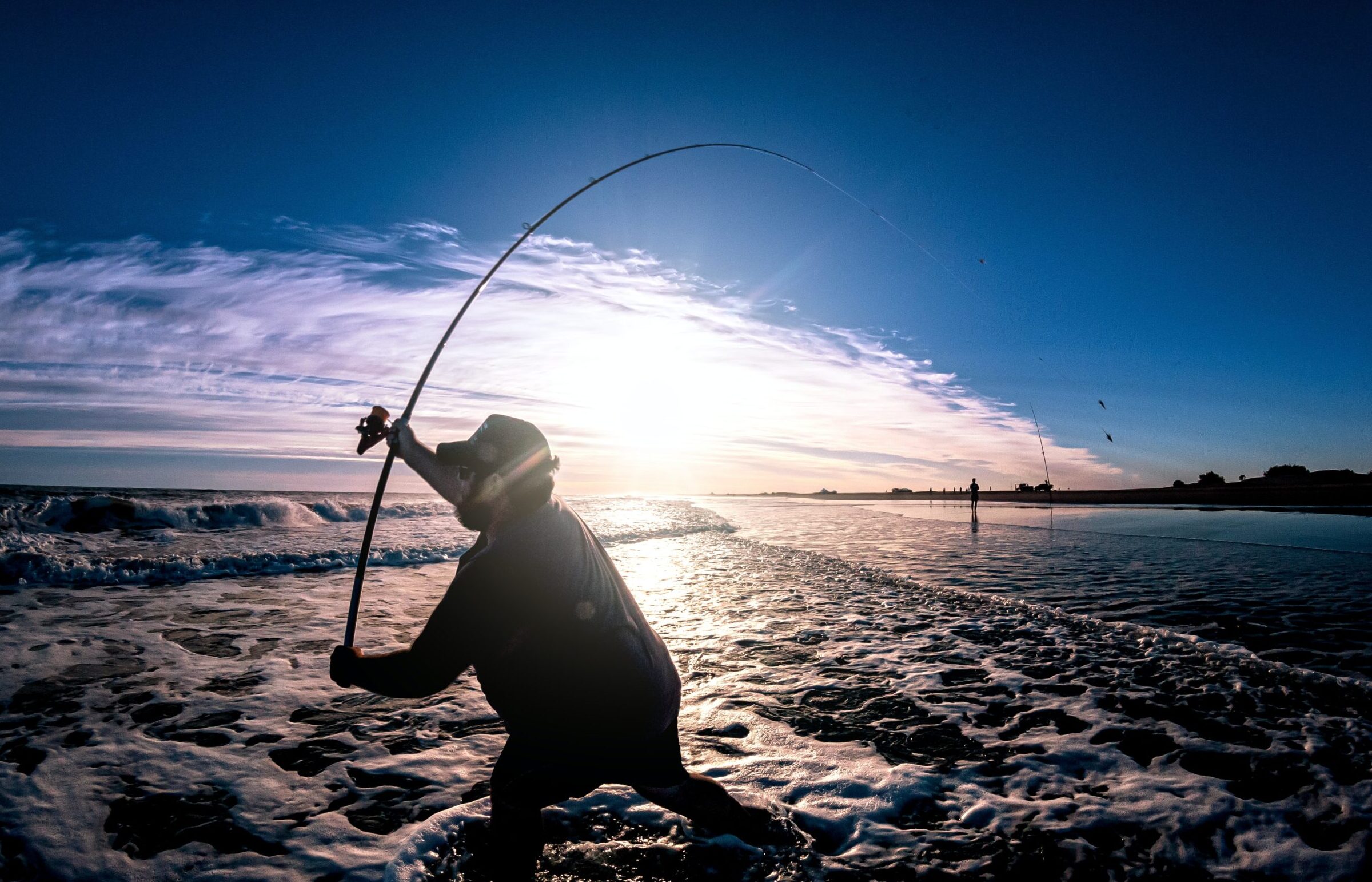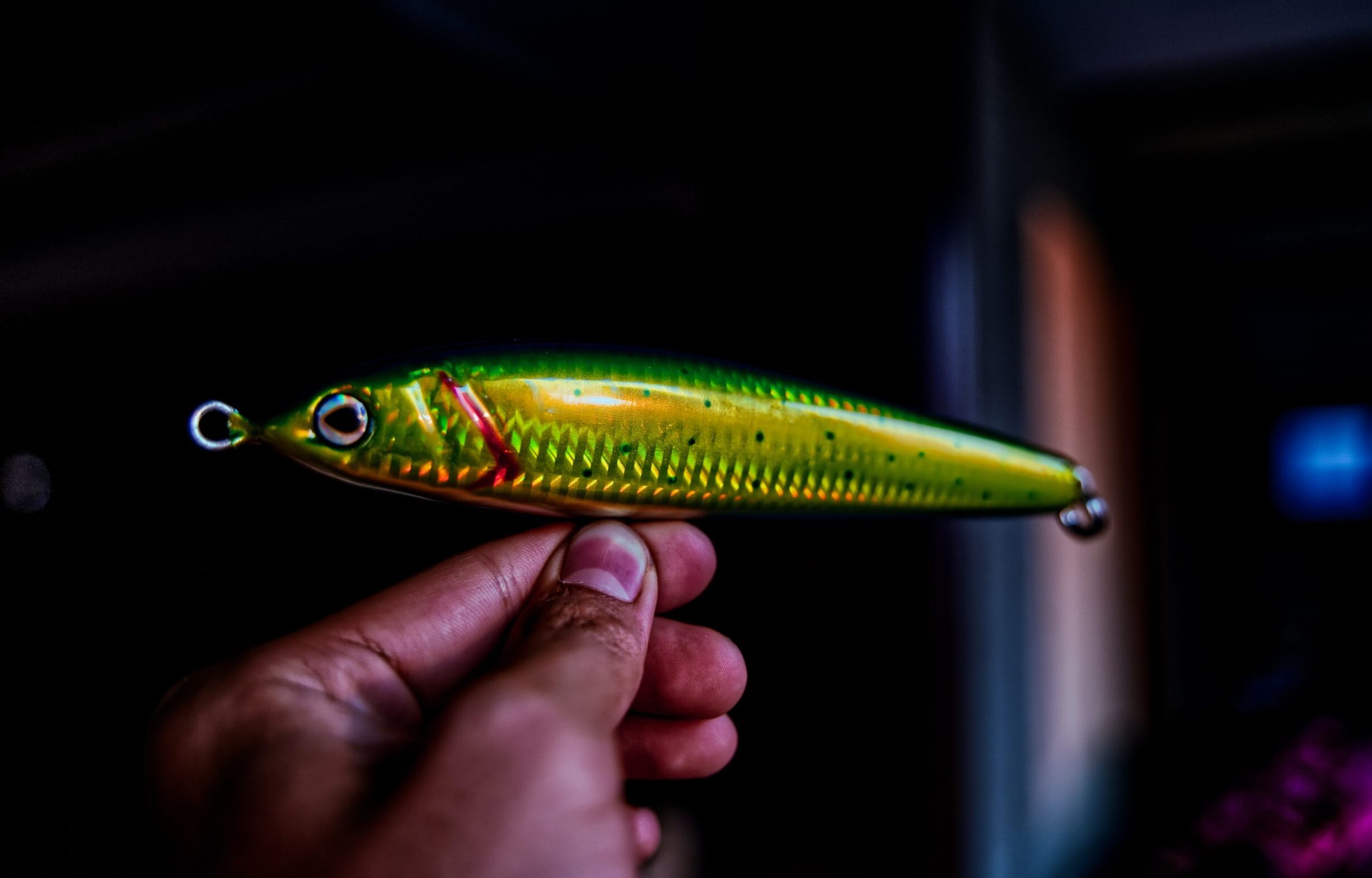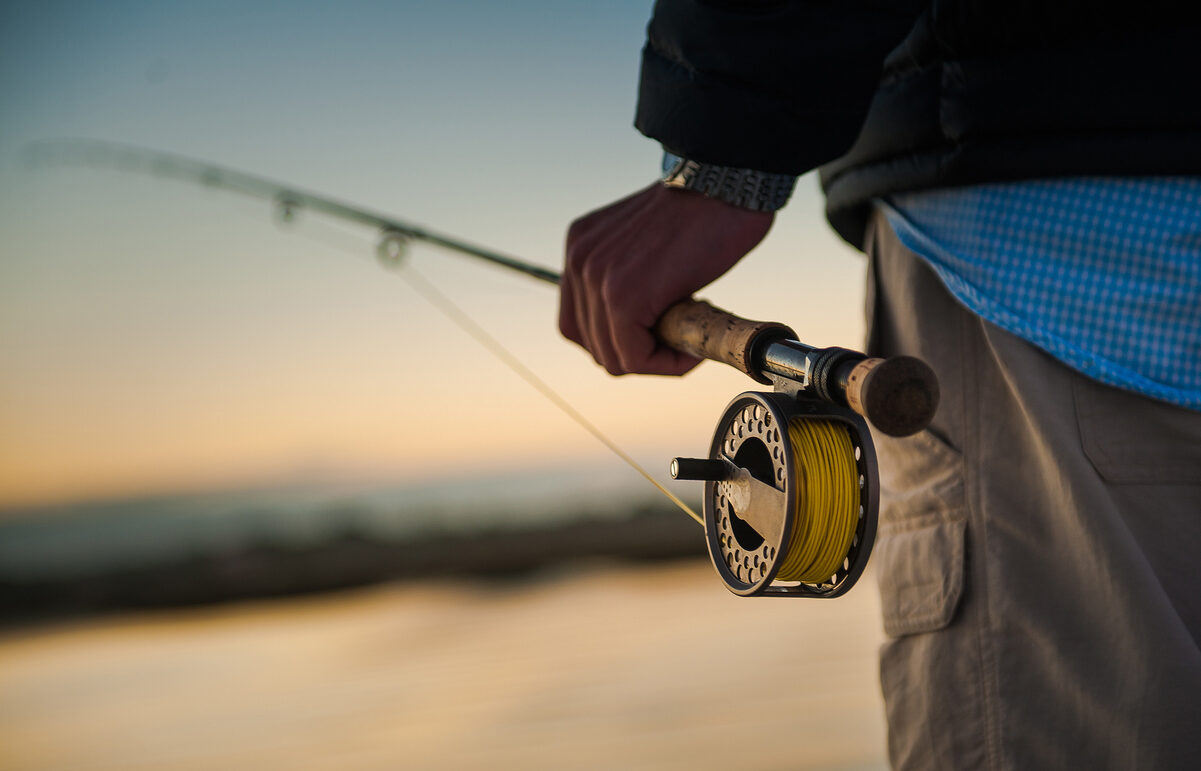Imagine standing waist-deep in a gently flowing river, the sun shining down on your face and the sound of water rushing past your ears. You’re focused intently on the surface of the water, watching for any signs of life. Suddenly, you see it: a fish rising to feed on insects that have landed on top of the water’s surface. Your heart races as you tie on a perfectly matched dry fly and make your cast, hoping to fool that fish into taking a bite. Welcome to the art of dry fly fishing – one of the most exhilarating forms of angling there is! In this blog post, we’ll explore everything you need to know about matching the hatch and successfully catching rising fish with dry flies.
The Science of Dry Fly Fishing
Dry fly fishing is an art form that requires patience, skill, and a deep understanding of the science behind it. The goal of dry fly fishing is to imitate the natural insects that fish feed on in order to trick them into taking your artificial fly. But how do you know what kind of insect to imitate?
This is where the science comes in. Dry fly fishing involves matching the hatch, or figuring out which insects are prevalent in the water at any given time. This means observing things like water temperature, weather patterns, and even the behavior of rising fish.
Once you have identified which insects are present, you can then choose a dry fly that closely resembles their size, shape, and coloration. It’s important to note that different types of insects behave differently on the water’s surface – for example mayflies tend to sit upright while caddisflies skitter around – so choosing a fly with appropriate movement is key.
Beyond just selecting the right pattern for your location and conditions, there are other scientific aspects at play during dry fly fishing as well. Factors such as drag caused by currents or wind resistance can affect how your fly behaves on top of the water.
By understanding these scientific principles and applying them correctly while out on the water, anglers can increase their chances of success when trying to fool rising fish with their perfectly matched dry flies.
Different Types of Dry Flies
When it comes to dry fly fishing, selecting the right type of fly is crucial for fooling those rising fish. There are several different types of dry flies that imitate various insects found on the surface of the water.
One common type of dry fly is the Mayfly. These delicate flies come in a range of sizes and colors, and can be matched to specific hatches based on their appearance. Another popular option is the Caddisfly, which has a fluttery wing pattern that often entices trout to rise up and take a bite.
Other options include Stoneflies, Grasshoppers, Ants, Beetles and more. Each type mimics a different insect or bug that fish may be feeding on during certain times of year or day. It’s important to do some research beforehand and see what insects are prevalent in your area before heading out with your gear.
Ultimately, choosing the right type of dry fly will depend on factors such as location, time of year and weather conditions. Experimentation may also be necessary until you find what works best for you in any given situation. With practice and patience though, finding success with different types of dry flies can lead to an incredibly rewarding experience out on the water.
How to Fish a Dry Fly
To fish a dry fly effectively, it’s important to understand the behavior of rising trout. The goal is to present your fly in a natural manner that mimics the insects on which they are feeding.
Firstly, observe the water and look for signs of rising fish. Once you’ve located them, approach slowly and quietly to avoid spooking them. Next, choose a suitable pattern that matches the hatch of insects currently present on the water.

Cast upstream of where you spotted rising fish and allow your fly to drift naturally downstream towards them. Keep an eye on your line as any hesitation or movement may indicate that a trout has taken your fly.
If no response from the fish occurs, try adjusting both the distance between your fly and leader or tippet length until you find what works best for current conditions. Alternatively, change up patterns or sizes until one triggers a bite.
When fishing with dry flies it’s important not to set too hard when you feel resistance as this can often result in pulling out before getting hooked into a caught trout!
Tips for Successful Dry Fly Fishing
To be successful in dry fly fishing, there are a variety of tips and techniques that you can use to increase your chances of catching fish. Here are some key ones to keep in mind:
Firstly, make sure that you match the hatch by selecting a fly that looks like what the fish are feeding on. Observe carefully to determine what flies the fish are taking from the surface.
Secondly, pay close attention to your presentation. Try to imitate natural movement patterns as much as possible – cast upstream and allow your fly drift naturally downstream before making any adjustments.
Thirdly, take into account weather conditions such as wind direction and strength when choosing where and how you will cast. Wind can impact accuracy and speed of casts so ensure you adjust accordingly.
Fourthly, avoid drag at all costs! This means keeping an eye on line management so that it doesn’t affect or move your fly unnaturally across the water.
Don’t forget about stealth tactics – approach quietly along with using non-reflective clothing options for optimal results while navigating towards rising trout’s location.
By following these basic tips for successful dry-fly fishing techniques one can enjoy better results with their catch rates each time they head out onto the river or stream. Remember practice makes perfect but above all else have fun!
Dry fly fishing is an art that requires skill, patience and attention to detail. Understanding the science behind it, mastering the different types of dry flies available and knowing how to fish them can make a huge difference in your success on the water.
Matching the hatch is crucial for fooling rising fish into taking your dry fly. It takes practice and experience to be able to identify which insects are hatching at any given time and which type of fly best imitates them. But with time, you will become more confident in selecting the right pattern.
Remember that presentation is also key when it comes to dry fly fishing. You need to be stealthy in approaching the fish and cast accurately while avoiding drag on your line. Pay attention to weather conditions as well – windy days might not be ideal for dry fly fishing.
In summary, if you want to improve your chances of catching fish with a dry fly, focus on matching the hatch, perfecting your technique and being patient. Enjoy this beautiful form of angling by immersing yourself in nature’s surroundings – nothing beats spending a day out on the water surrounded by stunning scenery!



